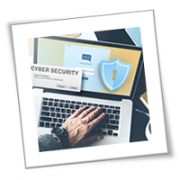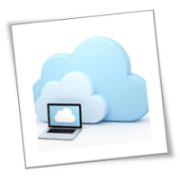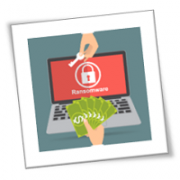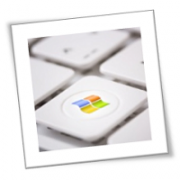It’s an age-old legend…well, at least as old as technology in business. After hearing about benefits gained by other companies, you invest.
After hearing about its benefits from many other companies, a small firm decides to invest extensively in new technology. Including AI. Despite this, days, weeks, and even months pass without the corporation receiving a complete return on its investment. The issue, among entrepreneurs, has only intensified due to the pandemic and the hasty adoption of technology that resulted.
So, what’s the real story behind that? There might be many explanations for this. For starters, the technology implementation may not be as excellent as you had hoped.
Maybe your employees weren’t adequately trained. Perhaps the technology wasn’t a suitable match for your specific requirements.
It’s possible that the technology isn’t all that useful in the first place. And in the context of the pandemic, hasty digital transformation efforts often result in poor technological outcomes.
Unfortunately, anybody dealing with today’s challenges will find that solving them without technology is challenging. (In truth, every business should now be a technology business, but that’s a discussion for another day.)
Fortunately, you can make efforts to ensure that the technology you choose provides you with all you need. Remember that these aren’t fail-safe formulas for success, but rather a set of suggestions that will help you get closer to the results you want from technology.
1. Choose your technology carefully.
This is one of the most often repeated tips, but it bears repeating.
Why? Because you don’t have to employ every single piece of technology available. Sure, some IT basics may drastically transform your business. Meanwhile, you must be reasonable in how and where you use them, even in such circumstances.
When deciding which technology to use, there are a few considerations to consider.
You must consider specific demands, industry circumstances, competitor movements, and future business prospects before making a choice.
However, there is a mentality that may assist you in making better tech decisions. Choose technology that will help you become a more agile and fast-paced firm. Combining DevOps and CI/CD principles with decoupled data, infrastructure, and digital solutions may go a long way.
2. Include cloud computing in your infrastructure as a must-have.
The advent of the everything as a service (XaaS) paradigm allows you to tap into the power of various technologies.
Moreover, without having to make significant expenditures. As a result, you may (and should) use cloud computing to implement technologies.
Utilizing things like artificial intelligence, analytics, and big data can help your company grow.
Yes, cloud computing is ideal for storing data and even running customer relationship management software on top of it.
However, there’s more. Cloud computing allows you the freedom to scale up or down your tech demands at any moment. Meanwhile, you gain access to technologies that would be significantly more expensive if you developed them yourself.
3. Use data to make decisions and track progress.
You must already be aware that you base your selections on the information available to you.
Adopting big data strategies, as well as analytics and artificial intelligence, may help you maximize your company’s potential. This involves technology adoption and performance considerations.
Looking at the correct data may help you figure out which technologies are good for you. Consequently deciding when the optimum moment is to implement them.
Furthermore, when assessing the output and performance of new technology, data should be at the core of your monitoring activities. Data collected from the technology you adopt will offer you insights that will assist you.
Furthermore, you can determine what to alter, adapt, and scale up or down.
4. Invest in technology that will benefit the whole firm.
Because technology can empower your whole business, you should ensure that the digital solutions you implement benefit employees from all departments.
Doesn’t that sound natural? However, you’d be amazed how many firms acquire a specific technology, such as AI-based analytics solutions, and use it solely in one department, such as sales.
The concept is simple. Make as much use of technology benefits as possible.
Even if your new technology doesn’t seem helpful in a given area, try to conceive of other ways it may help you. At least, utilize the output to inform and connect with the rest of your firm. That way, everyone benefits — even if the production is a source of information.
5. Pay special attention to your workforce’s training.
Finally, you’ll need your team members to be well-versed in your new technology.
If you expect to install a new technology without providing extensive and continuing training to the individuals using it, you will be disappointed.
You’ll need extensive training to ensure that your staff understands making the most of the new digital solutions. Perhaps most significantly, the training should be continual rather than a one-time event.
That’s because you could discover new applications, or you might upgrade the solution with new features and capabilities that you wouldn’t have known about if you hadn’t informed other colleagues about them regularly.
If you don’t want to repeat the errors that others have made, do yourself a favor and think carefully about these tips.
If you are looking for an expert to help you find the best solutions for your business talk to GCInfotech about a free technology assessment
Published with consideration from smallbusinesstechnology.com SOURCE











